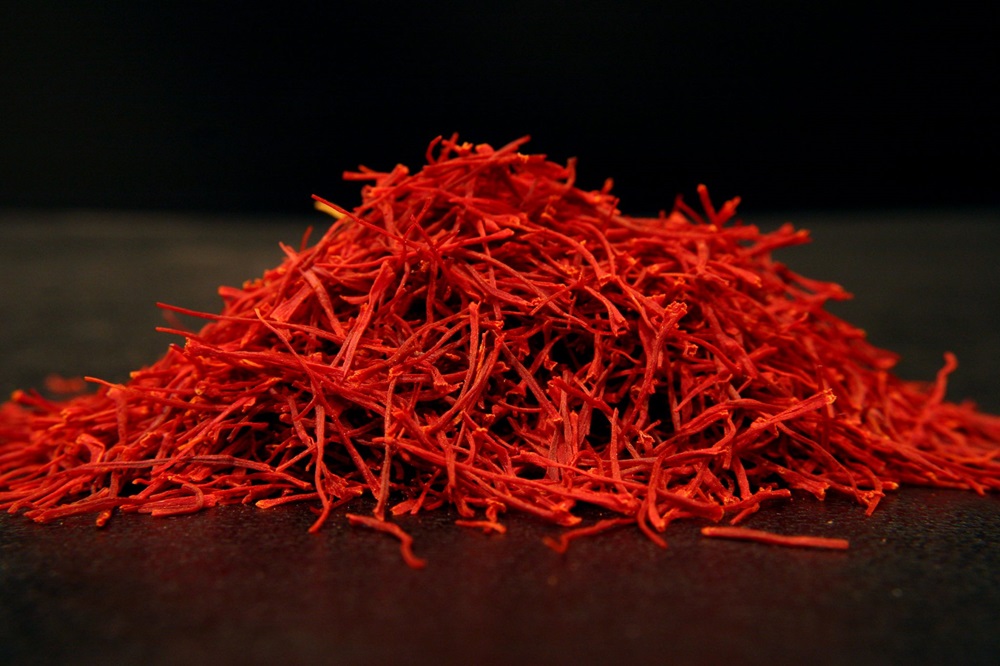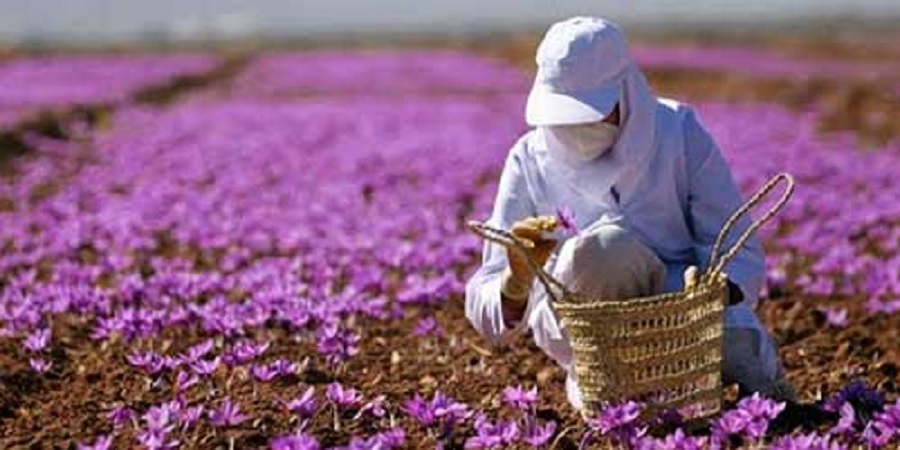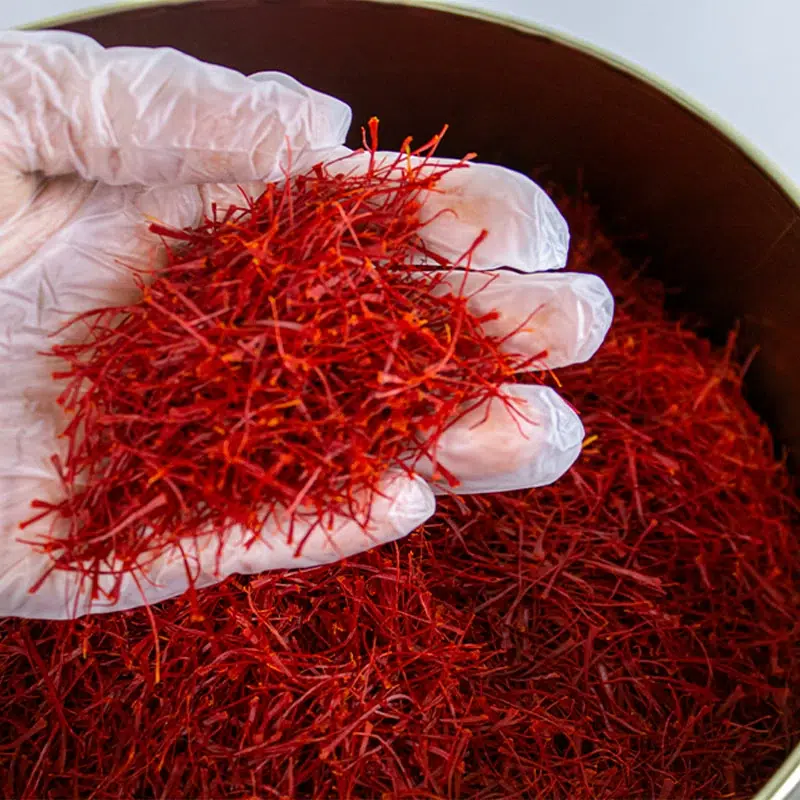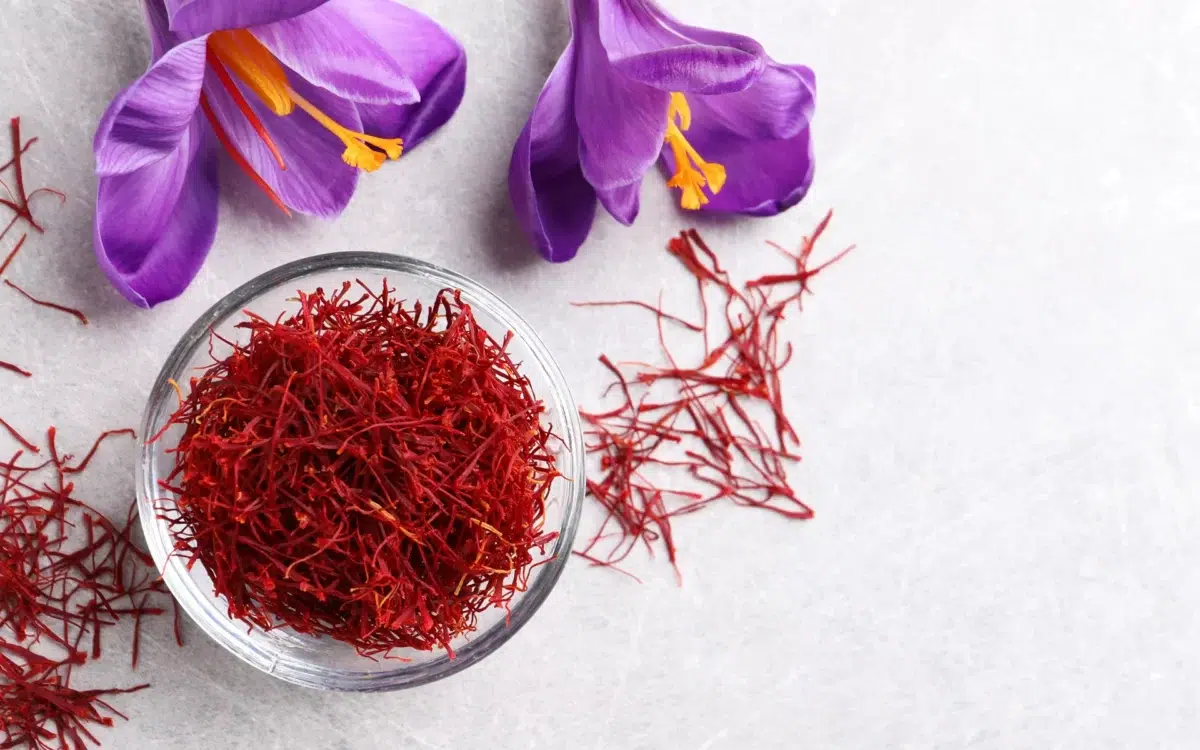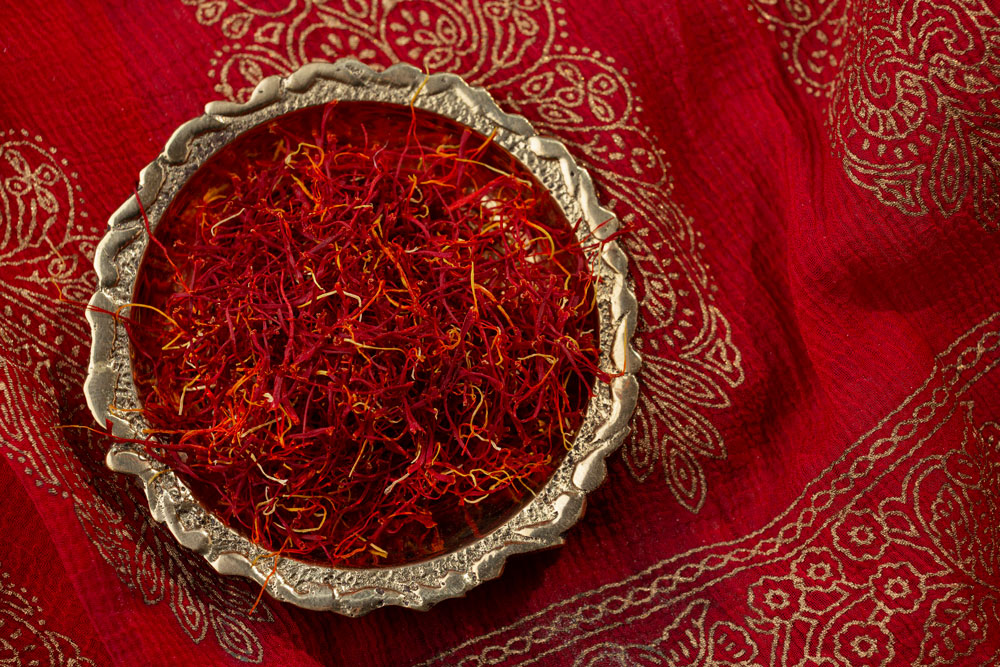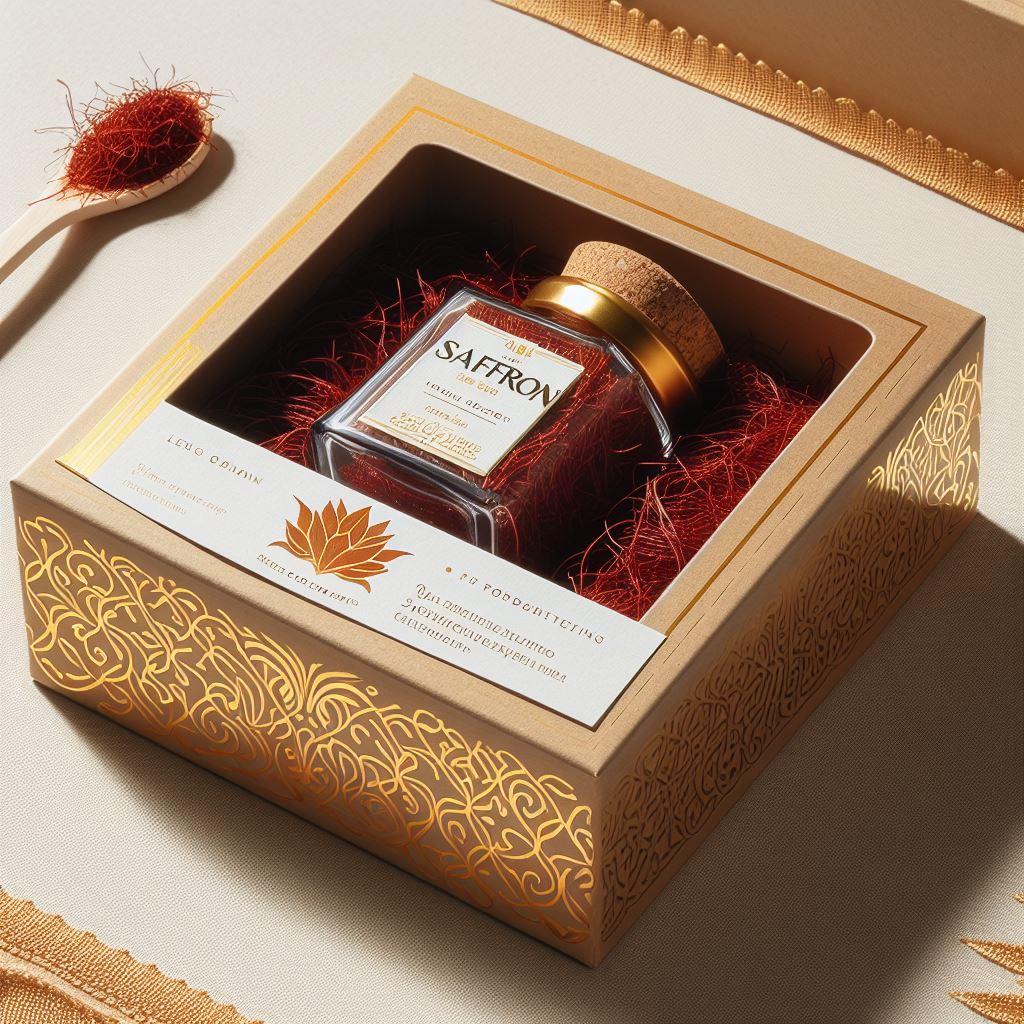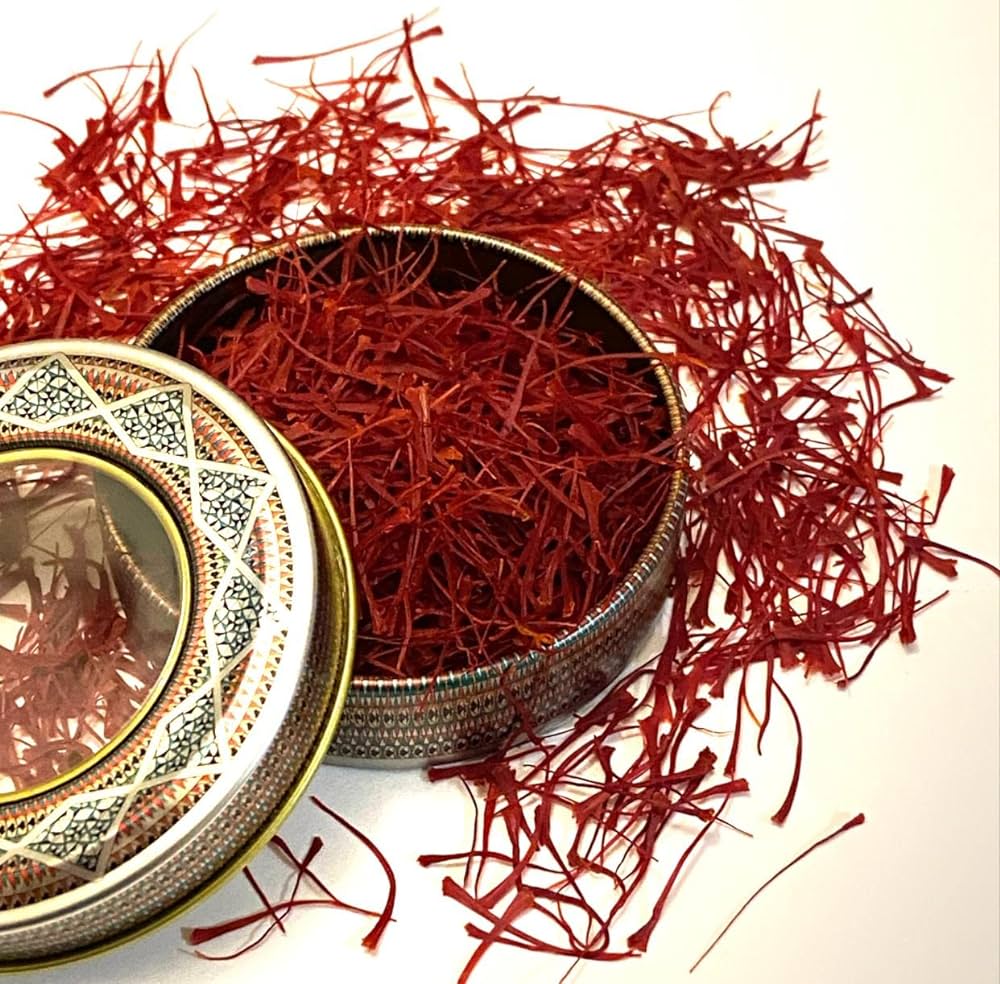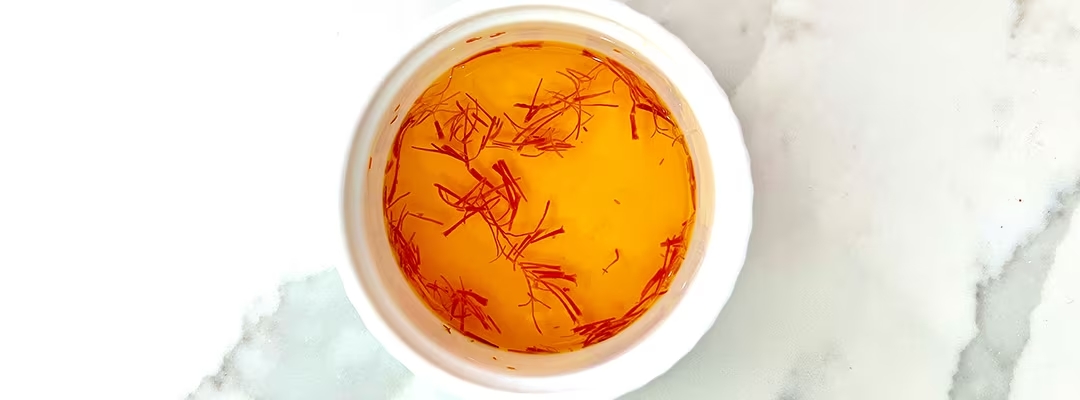What is Sargol saffron?
Sargol saffron is one of the most prized and sought-after varieties of saffron, known for its vibrant color, rich aroma, and potent flavor. The term “Sargol” translates to “top of the flower” in Persian, and it refers to the topmost part of the red saffron threads. Specifically, Sargol saffron consists of the end portion of the stigma, which is separated during processing, leaving only the vivid red part and eliminating any white or yellowish components that are present in other saffron grades.
This careful separation process is what distinguishes Sargol saffron from other types. It is known as “superior saffron” because it is derived from the uppermost section of the saffron thread, which is the most potent in terms of flavor, aroma, and coloring ability. The stigma is the part of the saffron flower responsible for producing the spice’s characteristic properties, and the top part contains the highest concentration of these qualities.
Why is Sargol saffron also known as superior saffron?
Sargol saffron is often referred to as “superior saffron” because it represents the best quality saffron available. The upper part of the stigma, from which Sargol saffron is made, is broad, thick, and highly concentrated with crocin, picrocrocin, and safranal—the three key compounds responsible for saffron’s color, taste, and aroma.
Crocin is responsible for the deep red hue and the coloring strength that Sargol saffron imparts to dishes. Picrocrocin contributes to the unique bitterness of saffron, while safranal gives it the distinct and highly prized aroma. Because Sargol saffron contains the highest levels of these compounds, it is considered to be of superior quality and is often used in high-end culinary applications, as well as in traditional medicine, perfumery, and cosmetics.
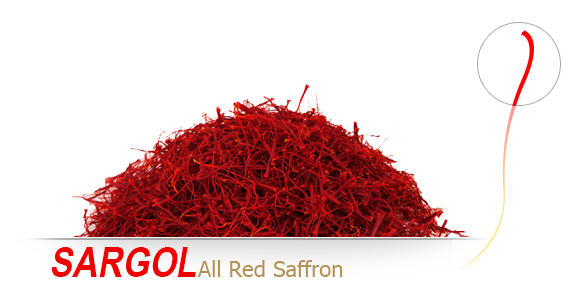
What are the uses of Sargol saffron?
Sargol saffron is one of the most versatile and widely used types of saffron. It is a favorite among chefs and home cooks alike for its ability to enhance both the visual appeal and flavor of a wide variety of dishes. Here are some of the key uses:
- Culinary Uses: Sargol saffron is ideal for culinary applications due to its intense color and strong flavor. It is commonly used in dishes such as Persian rice dishes (like Tahdig and Zereshk Polo), Indian biryanis, Spanish paellas, Italian risottos, and various Middle Eastern and Mediterranean dishes. Its vibrant color also makes it a popular choice for desserts, including saffron-infused ice creams, cakes, and puddings.
- Medicinal Uses: Traditionally, Sargol saffron has been used in herbal medicine for its potential health benefits. It is believed to have mood-enhancing properties, and it has been used to treat conditions such as depression, anxiety, and PMS symptoms. Additionally, saffron is known for its antioxidant properties, which may help protect cells from damage and reduce inflammation.
- Cosmetic and Perfumery: Due to its strong and pleasant aroma, Sargol saffron is also used in the production of perfumes and cosmetics. It is valued for its fragrance and its potential skin benefits, such as brightening the complexion and reducing the appearance of dark spots.
How is Sargol saffron produced?
The production of Sargol saffron is a meticulous process that requires careful handling and expertise. The saffron threads are hand-harvested from the flowers of the Crocus sativus plant. After harvesting, the threads are separated from the yellow styles and any other parts of the flower, leaving only the deep red stigmas.
These red stigmas are then sifted to produce Sargol saffron. The sifting process removes any remaining yellow or white parts, ensuring that only the highest quality red threads remain. The threads are then dried and packaged, ready for use. The lack of white parts (cream) in Sargol saffron is one of its defining characteristics, as this ensures that the saffron is pure and potent.
How is the price of Sargol saffron determined?
The price of Sargol saffron is influenced by several factors, primarily the quality of the threads. The key determinants include:
- Color Strength: Sargol saffron is graded based on its crocin content, which directly correlates to its coloring strength. The higher the crocin content, the more vibrant the color, and the higher the price.
- Purity: The absence of yellow or white parts in the threads increases the saffron’s value. Sargol saffron, which is purely red, commands a higher price compared to mixed saffron varieties.
- Thread Length and Uniformity: Sargol saffron is also priced based on the uniformity and length of the threads. Saffron with long, unbroken, and uniform threads is considered superior and is more expensive.
- Breakage and Crumbs: Saffron threads can sometimes break during processing. The presence of broken threads or crumbs can lower the saffron’s grade and, consequently, its price. However, even broken Sargol threads still maintain their quality and are often used in cooking.
Generally, Sargol saffron is more expensive than Dasteh, Pushal, and White saffron due to its higher quality, but it is less expensive than the top-grade Negin saffron, which has even larger and more uniform stigmas.
Sargol saffron remains a popular choice for those seeking a balance between quality and price, making it an excellent option for both domestic use and export.

